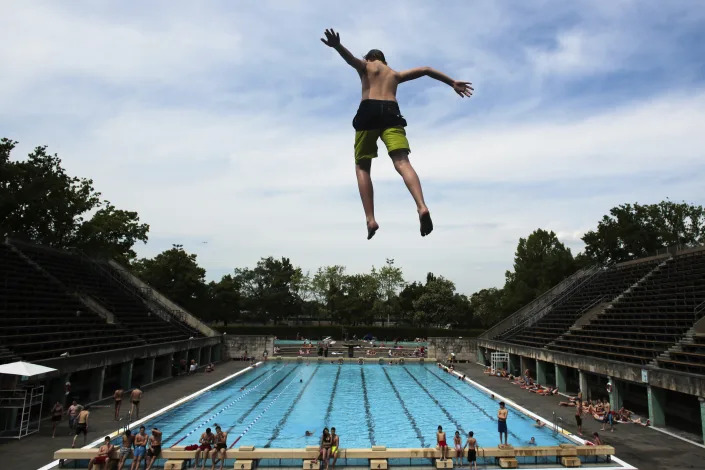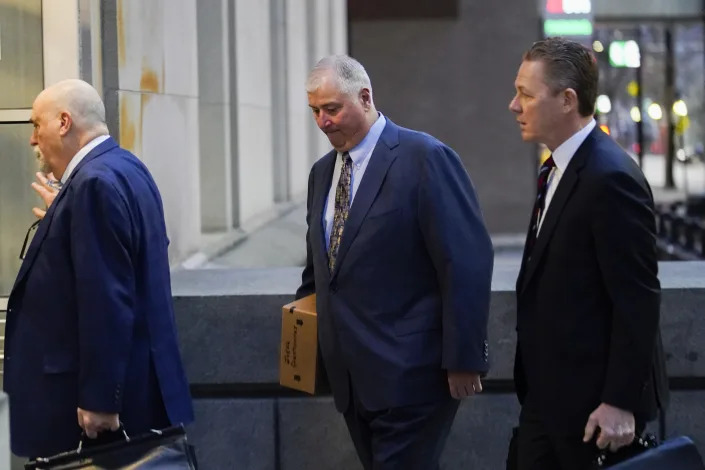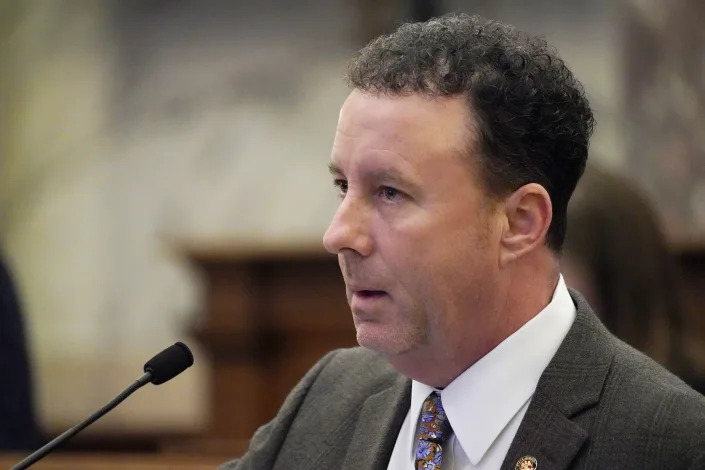

Germany Berlin Topless Bathing
A boy jumps into the water at the Olympic open air public pool in Berlin, Germany, May 21, 2014. Women in Berlin will soon be allowed to go topless at the city's public pools, the Berlin state government said Thursday. The new bathing rules to allow both men and women to go swimming without covering their upper bodies came in reaction to a woman's complaint alleging discrimination because she was not allowed to swim topless in a swimming pool in Berlin, like men. (AP Photo/Markus Schreiber, File)
Thu, March 9, 2023
BERLIN (AP) — Women in Berlin will soon be allowed to go topless at the city's public swimming pools, like men, the Berlin state government said Thursday.
The new bathing rules allowing everyone to go swimming without covering their torsos followed a discrimination complaint by a woman who was not allowed to go topless in a swimming pool in the capital.
The woman, whose identity was not revealed, had turned to the senate's ombudsperson's office for equal treatment to demand that women, like men, can swim topless, the Berlin senate for justice, diversity and anti-discrimination said in a written statement.
In reaction to the complaint and the ombudsman's involvement in the case, the Berliner Baederbetriebe, which runs the city's public pools, decided to change its clothing rules, the statement said.
“The ombudsperson’s office very much welcomes the decision of the Baederbetriebe, because it establishes equal rights for all Berliners, whether male, female or non-binary, and because it also creates legal certainty for the staff at the Baederbetriebe," said Doris Liebscher, the head of the ombudsperson's office.
In the past, women who bared their breasts at Berlin pools were asked to cover themselves or to leave the pool, and were sometimes banned from returning.
“Now it is important that the regulation is applied consistently and that no more expulsions or house bans are issued,” Liebscher said.
It was not immediately clear when exactly the new bathing rules would be applied.




































